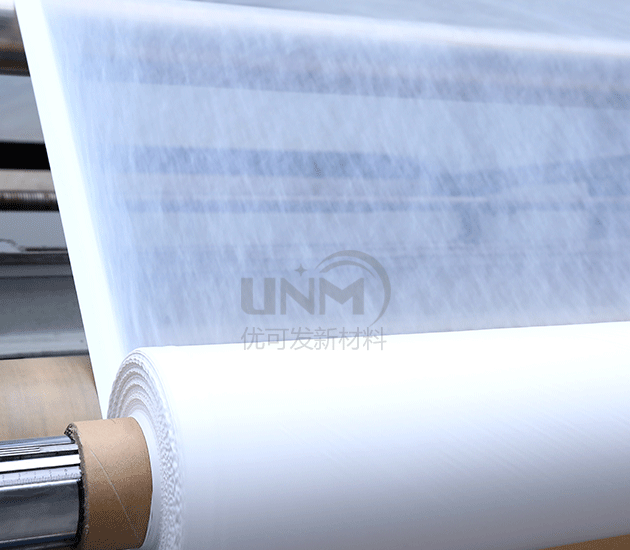Tissue culture breathable membrane is a three-dimensional structure scaffold material that can be used to support cell growth and tissue engineering. Its principle is to make polymer materials into porous three-dimensional scaffolds and control the size and distribution of voids inside the scaffold so that nutrients and gases can freely penetrate into cells or tissues to meet their normal growth and metabolic needs.

Usually made of polymer materials, such as polylactic acid, polycaprolactone, etc. These materials have good biocompatibility and biodegradability and can well avoid damage and contamination to living organisms.
In the preparation process, the polymer material is first made into a uniform sheet or film, and then the template method or nanotechnology is used to form it on its surface. There are many small holes to obtain a porous three-dimensional scaffold structure. The size and distribution of these pores can be controlled by adjusting preparation conditions to meet the needs of different cell types.
Tissue culture breathable membrane has good gas and liquid permeability. When cells or tissues are cultured on the upper surface of the breathable membrane, oxygen and nutrients can freely pass through the porous structure and enter the interior of the cells or tissues to meet their normal growth and metabolism needs. At the same time, waste and carbon dioxide can also be discharged through the porous structure of the breathable membrane, keeping the culture environment clean and stable.
In addition, because tissue culture breathable membrane has a three-dimensional structure, it can well simulate the construction process of human tissue and promote cell growth. differentiation and tissue growth. It can also provide a larger culture surface area and increase the capacity for cell growth, thus improving the efficiency and success rate of cell culture.
In short, the principle of tissue culture breathable membrane is to use porous polymer scaffold materials to achieve the penetration of nutrients and gases. To support normal growth and metabolism of cells and tissues. This material has a special three-dimensional structure and good permeability, which has brought many new applications and breakthroughs to cell culture, tissue engineering, pharmacological research and other fields. Interested parties are welcome to enter the store and contact us.
</p






